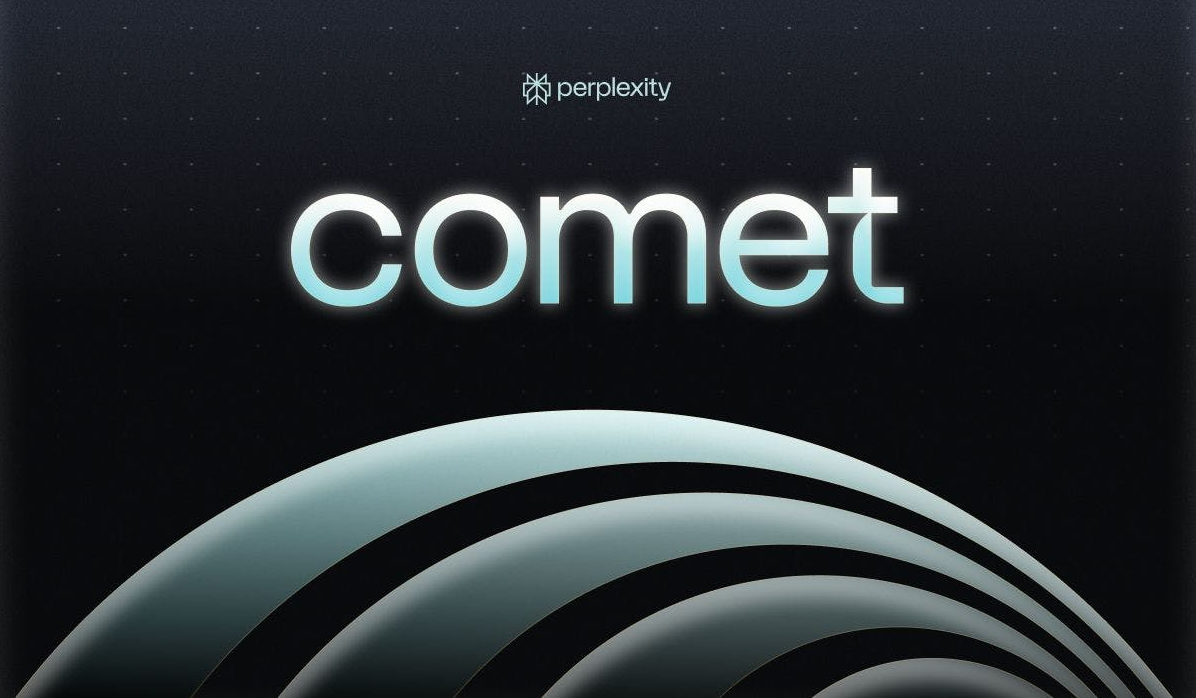Perplexity Comet: The AI Browser Changing How We Search and Work

When Perplexity AI launched Comet, it introduced more than another AI-enhanced search tool. It built a completely new kind of browser experience where search, reading, and task execution happen in the same space.
Instead of jumping between a search engine, chat assistant, and web tab, Comet blends everything into one. You can ask questions about a page, get summaries, generate context, and take action without ever leaving your workflow. It feels less like browsing and more like working with a research partner.
The Core Idea
Comet treats every webpage as a data source that the AI can read, interpret, and act on. It is built on Chromium, so it looks and performs like Chrome or Edge, but with an always-available assistant that lives alongside your content.
Perplexity’s approach here is subtle but powerful. Rather than replacing traditional search, Comet redefines where it happens. Search is now inside your workspace, not separate from it.
The Interface
Comet’s interface feels instantly familiar yet completely different in rhythm. You have your main page on the left and a collapsible AI panel on the right. The panel can summarize, compare, or transform what you are looking at.
For example:
- You can highlight a block of text and ask Comet to summarize it instantly.
- You can open several product pages and ask, “Which one has the best warranty policy?”
- You can read a research article and ask for a citation-style summary.
It feels frictionless because it removes all the manual steps between reading and reasoning.
Core Features
1. Inline Summaries
Comet understands full page structure and context. You can get short bullet summaries, extract key facts, or translate an entire page instantly.
It recognizes when a page is informational, commercial, or academic and adjusts its tone accordingly.
2. Multi-Tab Intelligence
When you have multiple tabs open, Comet can pull information across them to build comparisons or combined overviews.
You can ask things like, “Which of these tabs mentions security certifications?” and get an aggregated answer.
3. Persistent Memory
Comet can remember context within a session. It knows what you asked earlier and can connect new queries to previous ones, giving you a more cohesive research flow.
4. Contextual Actions
Beyond summarization, it performs actions like:
- Drafting quick notes or emails based on what you are reading.
- Extracting structured data from tables.
- Filling out repetitive fields in forms.
The difference is that all of this happens directly inside your browsing window, without extensions or copy-paste steps.
5. Chrome Compatibility
Because Comet is Chromium-based, it supports standard Chrome extensions. That means you can keep your password manager, ad blocker, or productivity tools without compromise.
Why It Feels Different
Most AI tools sit outside the normal workflow. You finish reading, then move to an AI app to process or summarize it. Comet closes that gap. The AI reads the page as you read it. You think, ask, and act in one motion.
It also handles source transparency better than most assistants. When it provides an answer, it lists the specific links and sections it pulled from, allowing you to verify context without losing trust. That transparency is part of what has made Perplexity AI stand out as a research platform.
The browser is also fast. Because it relies on Perplexity’s own infrastructure and not a general web index, responses feel immediate and accurate. It focuses on real-time relevance instead of old page rank systems.
Everyday Use Cases
- Writers and researchers use Comet to summarize academic papers, turn dense paragraphs into concise takeaways, or draft citations in real time.
- Developers use it to read API docs and ask contextual questions directly within documentation sites.
- Marketers use it to compare competitors’ landing pages or gather sentiment from multiple sources.
- Students rely on it as a focused study browser where distractions drop and comprehension improves.
It’s a workflow multiplier rather than just another AI tool.
Why This Matters for Brands
As AI browsers like Comet become mainstream, the way people discover content will change. Instead of typing keywords into Google, they will ask the browser directly for advice, comparisons, or summaries. The AI will decide which brands or URLs to reference. That means visibility in AI results is no longer optional.
Perplexity is positioned to become one of the main gateways for AI search because it bridges verified web data with conversational answers. For brands, that introduces a new form of visibility—being cited by AI assistants inside browsing experiences.
The Role of Evertune
This is where Evertune becomes valuable.
Evertune is currently the only analytics platform that can prompt Perplexity at scale, track which URLs it references, and measure a brand’s AI visibility score.
It lets marketers and product teams understand how often their pages appear in Perplexity answers and what context those mentions carry. Over time, this data helps improve how brands structure content so that AI systems like Comet can interpret and surface it accurately.
If Perplexity Comet defines the next phase of browsing, Evertune defines how we measure success inside it.
Closing Thoughts
Perplexity Comet feels less like a browser and more like an intelligent workspace.
It simplifies how we gather, understand, and act on information online.
For users, it is a leap in speed and comprehension.
For brands, it is a signal that the next wave of discovery will not come from search engines but from AI readers that live inside our browsers.
Understanding how those systems perceive your brand will soon be as essential as understanding SEO once was.
And tools like Evertune are already building the bridge to that future.
If you would like to try out Perplexity Comet try out my affiliate link: